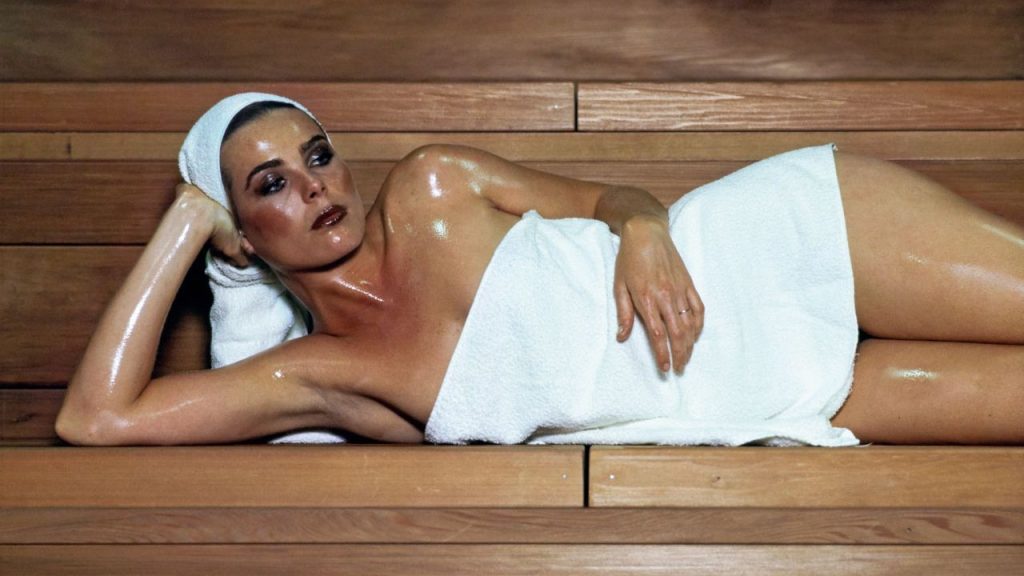“Ten years ago, it was a complete luxury to have an at-home sauna,” says Lottie Whyte, cofounder of MyoMaster. “Essentially, it was a health privilege reserved for only the absolute wealthiest among us. We want to make the most powerful wellness tools accessible to everyone who is passionate about their longevity.”
You would be looking at around £1,500 for a one-person infrared sauna, which, all things considered, and dependent on how passionate you are about your heat health, would quickly reduce the cost per use versus paying as you go.
“The post-pandemic wellness boom brought a wave of Nordic and Scandinavian-inspired rituals into the mainstream. Saunas, long a staple in those cultures, are a part of that,” explains Louis Rodgers, cofounder of GymCraft London, which specialises in state-of-the-art personal wellness spaces. “We have seen a 105 per cent rise in the demand for home saunas over the past 12 months alone,” he adds.
Although I’ve been a devotee for years, it’s only been in the last decade that I’ve come to understand the science behind the sauna’s feel-good factor. Potent portals for healing, they boost endorphin production and reduce pain, while regular use lowers blood pressure, reduces the risk of heart disease and may even help alleviate symptoms of depression. “Saunas are one of the most powerful things you can do to improve your health and longevity,” agrees Whyte. “We should be taking the sauna as seriously as we take exercise.”
It’s something backed by data from Oura, the Finnish smart ring that seems to be on everyone’s finger. “Saunas have always been a place for Finns in particular to de-stress,” says Sofia Strömmer, behavioural scientist at the health tech company. “Member data supports this: Oura members who tagged ‘sauna’ experienced a six per cent increase in average heart rate variability, a great indicator of decreasing stress levels.” She also notes its impact on our all-important shut-eye, with members who used saunas experiencing an increase of 14.9 per cent in deep sleep.
So while the science backs up all that I intuitively knew to be true, it’s the therapeutic, elemental allure that keeps me going back to deep heat. The bare basics of silence, steam and warm wood on my skin is as much of a tonic to me as a yoga class or long run is to someone else. The focus it forces on the physical is hugely freeing from the daily mental jostle of pressing deadlines and a demanding, fast-paced life. “Nothing beats a traditional hot-stone sauna, where you can ladle water onto the stones and create soft, rolling steam,” says Rodgers. “It adds to the physical ritual and the theatre of it all.” Therapy and theatre? What’s not to love?

